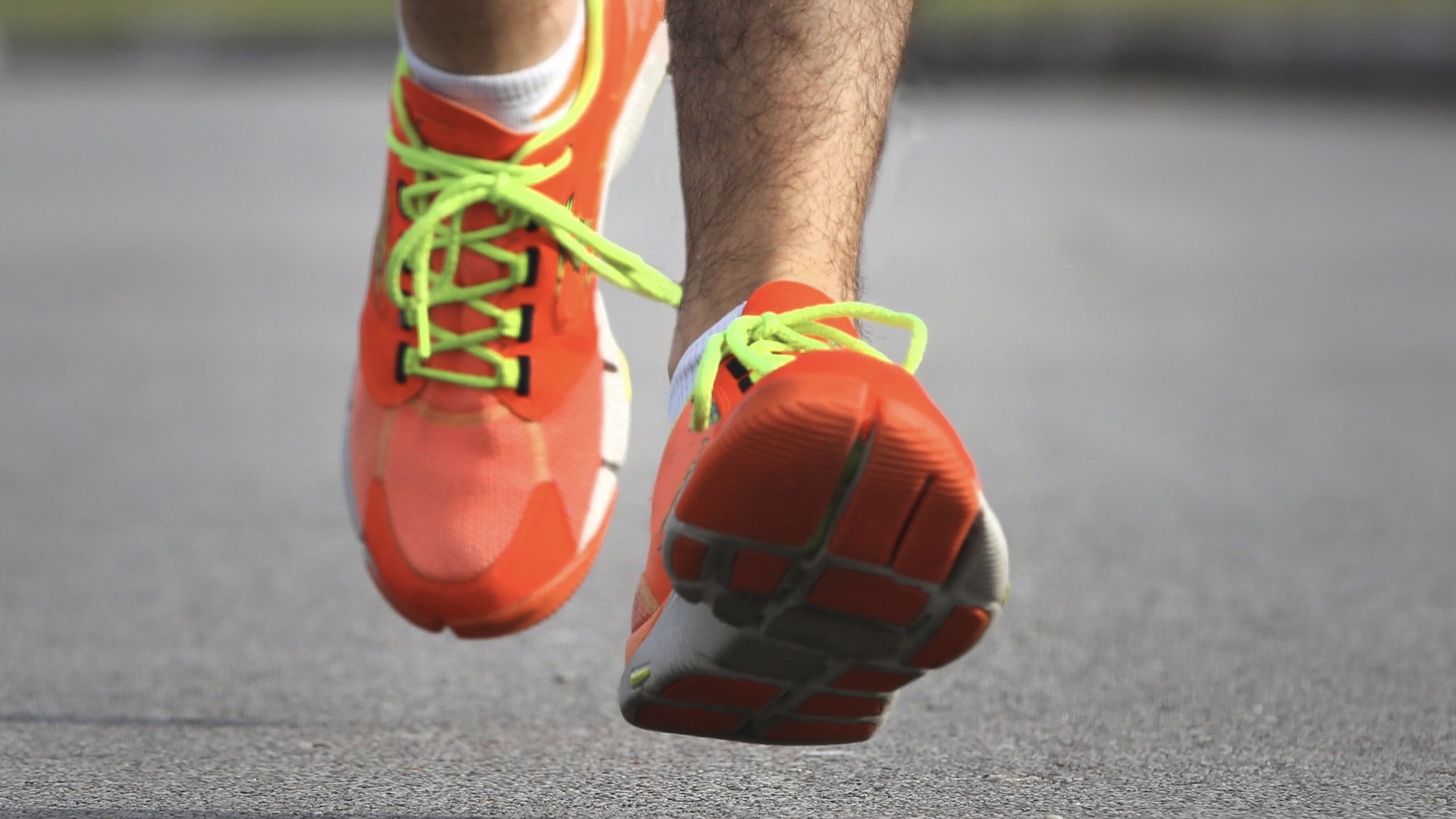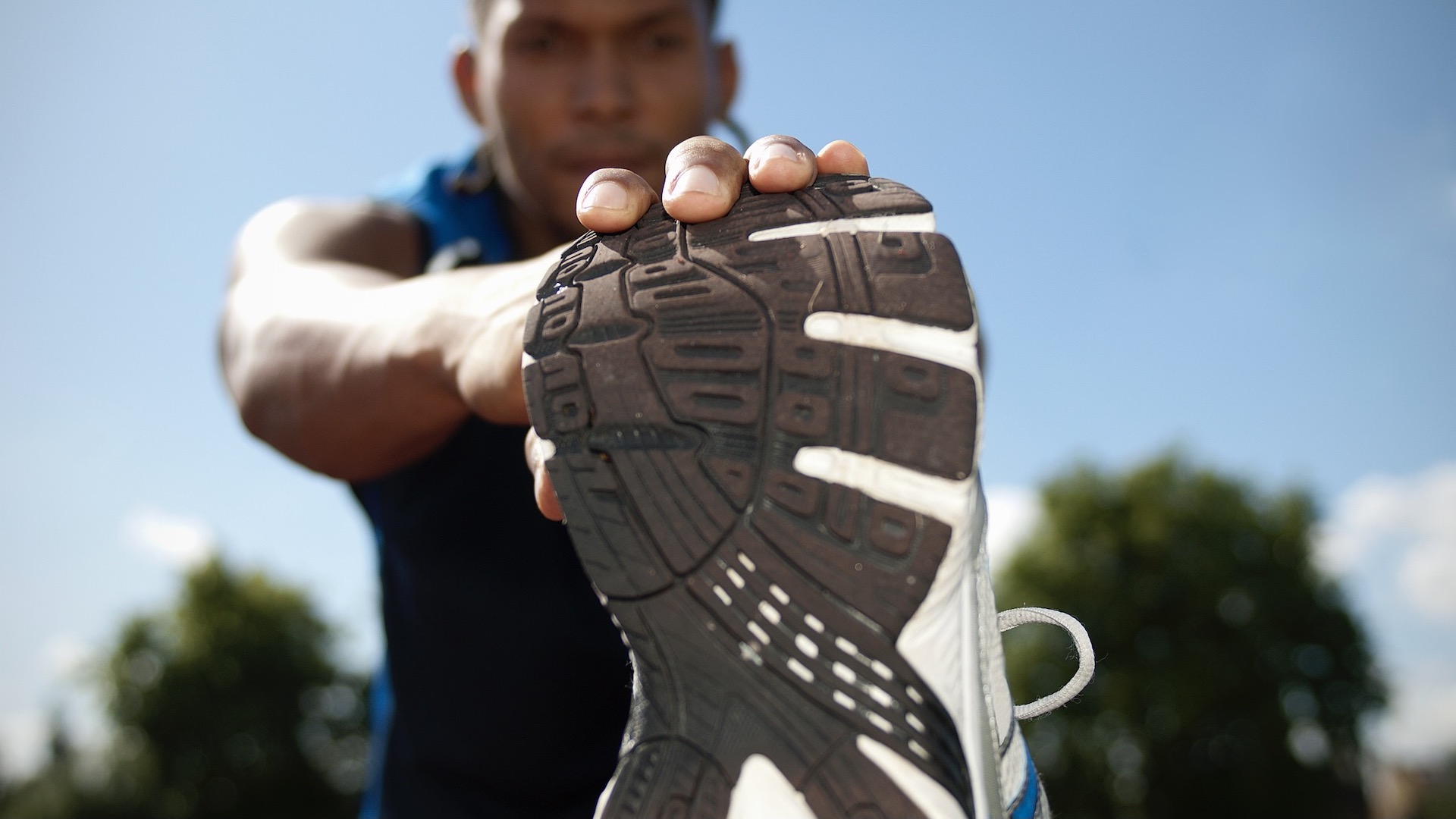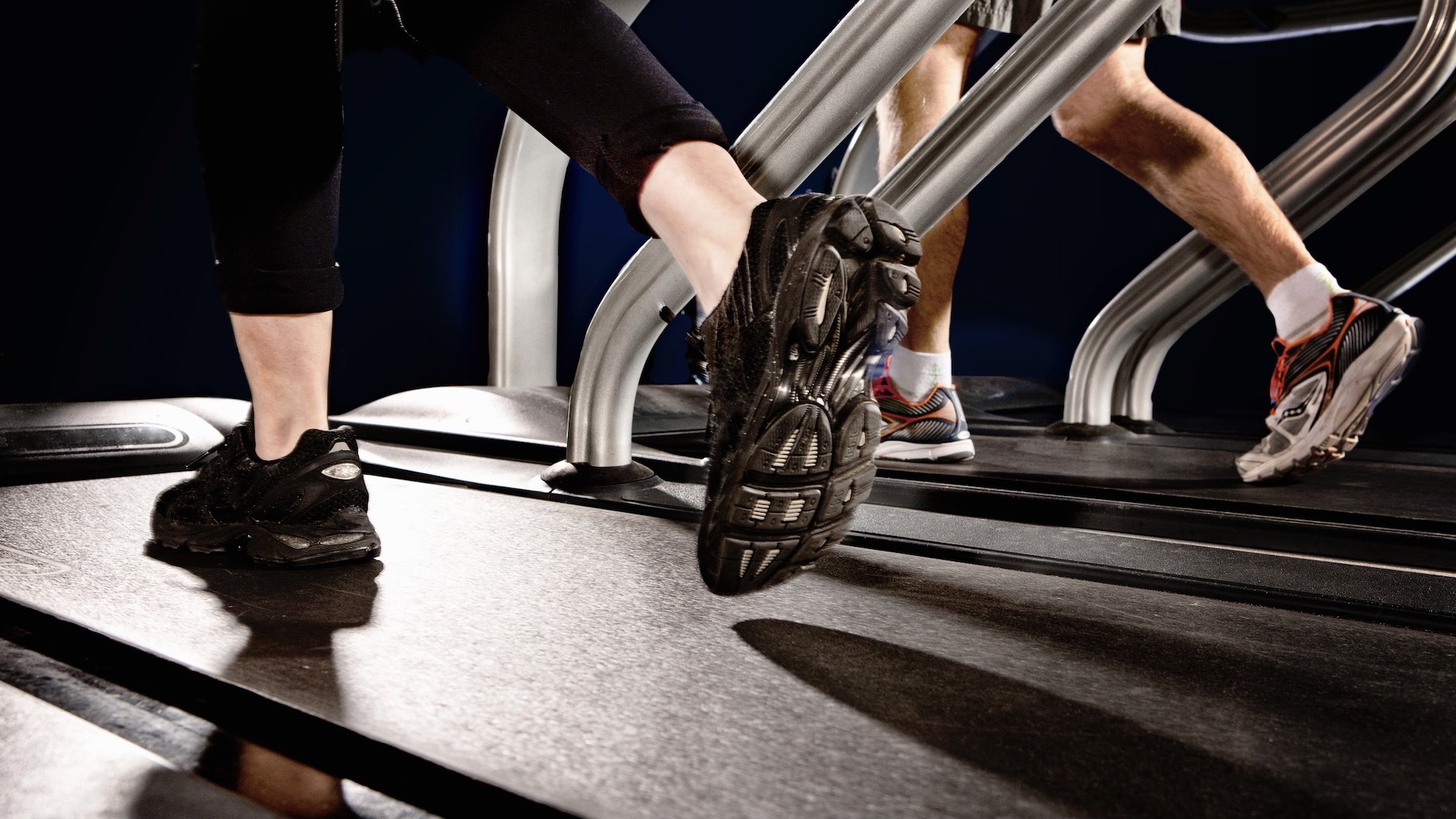What is your running gait type – and why do you need to understand how you run?
Discover the importance of knowing your running gait type, whether you're a neutral runner, an under-pronator or an over-pronator – and what shoes to buy

Whether you're a beginner or an experienced runner, it is important to understand the basics of your running gait type and how your foot arch and running style affects the body’s bio-mechanics. In many cases, if you you do not pay attention to running gait, foot arch and pronation, the result will be a niggle or an injury.
In the most basic sense, your running gait type determines the best trail running shoes for you. If you can understand your running gait, you can also ensure you run further and faster without pain and injuries.

The details: what is running gait?
Running gait is the way you move your foot while running or walking. We all do this differently and your running gait develops from babyhood through to being an adult and a runner. Your posture has a lot to do with your running gait type and this determines how your foot strikes the ground when you walk or run.
Genetics also play a part in how our bodies are created and formed, as well as how they develop.
In addition, our running gait can be influenced by the type of footwear that we wear as we grow and develop. Someone who grows up barefoot will usually end up with a different gait to someone who always wears shoes.

What is running pronation?
Pronation refers to how the foot strikes the ground. There are three ways to explain pronation: neutral or normal, under-pronation or supination, and over-pronation.
Neutral is when a foot has total contact with the ground and rolls inwards about 15% to absorb the shock of impact.
Advnture Newsletter
All the latest inspiration, tips and guides to help you plan your next Advnture!
Under-pronation refers to a foot where the outer part of the heel strikes the ground first and when the foot rolls inwards less than 15%.
Over-pronation describes a foot that follies inward more than 15%, which can cause issues with foot and ankle stability.

How to discover your running gait type
A simple, at-home test is to do a wet foot test. To do this, wet the sole of your foot and step on to a piece of paper or a concrete slab, or similar. Look at your footprint to see which area of your sole is most visible.
If you see about half of your arch, you have a neutral gait. This is the most common foot type and what is described as a normal pronator.
Normal pronators can wear almost any type of running or hiking footwear although they might well prefer a shoe that gives moderate arch support for the best stability.
If you can only see your heel, the ball of your foot and a thin line on the outside of your foot, you are likely to be an under-pronator.
Under-pronation can lead to too much shock travelling up your legs because your arch doesn’t collapse enough to absorb the impact of running.
Under-pronators are usually recommended to buy a neutral and cushioned shoe because they require a softer midsole to encourage pronation. It is best to avoid added stability devices to control pronation.
If you can see almost all of your footprint, you have a flat foot. This means you are likely to be an over-pronator. With this type of foot, the arch collapses inward too much and this can result in excessive foot motion and increasing risk of injuries, such as to the ankle, knees and hips due to the repetitive action of running.
Over-pronators require stability shoes or motion-control shoes. It’s best to ask an expert at a running shoe shop for the right shoe to fit your gait. You might want to seek the help of a podiatrist if off-the-shelf running footwear doesn't solve your niggles and injuries, because you may need a customised insert into the insole of your shoe.
You can also check your trainers for wear. Look at the soles of your footwear and if you see the inner part of the shoe looks worn, the chances are you are an over-pronator. On the other hand, if you see wear on the outer edge of your running footwear, you are more likely to be an under-pronator.
Expert gait analysis
If you are in doubt about your running gait, of you want a professional opinion on the best running shoe for you, it is a good idea to ask a gait analysis expert. Many running shoe shops have a gait analysis expert on the premises. Other options are to book an appointment with a sports podiatrist or physiotherapist, and ask if they can offer gait analysis for runners.
The gait analysis service involves looking at a runner on a treadmill and using equipment and videos to analyse how someone runs.
The analysis looks at how the foot lands and the bio-metrics of the running style, such as where the ankles and knees are when running.
Your running gait will then determine the type of running footwear you require, or if you will need extra assistance from shoe inserts.
If you know what your running gait type is, you can avoid the potential for injuries due to running in the wrong footwear.

Fiona Russell is a widely published adventure journalist and blogger, better known as Fiona Outdoors. She is based in Scotland and is an all-round outdoors enthusiast with favorite activities including trail running, mountain walking, mountain biking, road cycling, triathlon and skiing (both downhill and backcountry). Aside from her own adventures, Fiona's biggest aim is to inspire others to enjoy getting outside and exploring, especially through her writing. She is also rarely seen without a running skort! Find out more at Fiona Outdoors.
